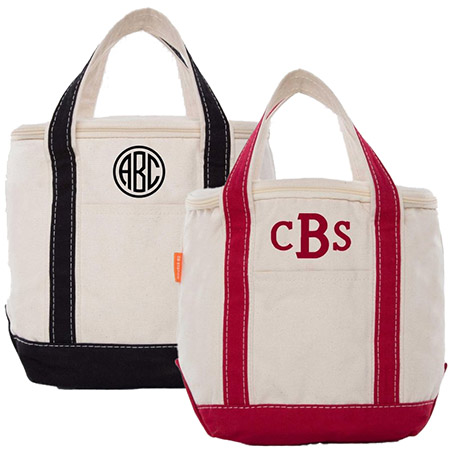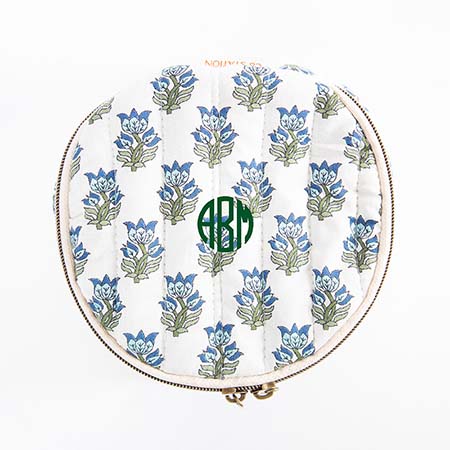Smart itinerary planning and a well-packed bag are the foundations of a smooth and memorable family vacation.If you are looking to plan a family vacation and are not sure where to start, start here.
More Than Paper is here to share our favorite travel hacks and accessories, practical planning steps, and trusted online sources to provide you with nearly everything you need to plan a family getaway. Looking to uncover great restaurants and want to know what to pack in your suitcase? We also have you covered.
How to Plan a Family Getaway
You want to take a family vacation…. Where do you start? Luckily there are so many online resources that nowadays you can plan a family vacation entirely online. We share many of those great resources below. If you are just getting started, follow these basic steps:
1) Define your family’s vibe and budget. Are you after beaches, cities, theme parks, or nature adventures? Establish a rough price range and how many days you can travel. Be careful and specific about what days you have off from work, check school calendars, and be sure to look at national calendars for holidays and events. Traveling during non-peak holidays will save you lots of money.
2) For a family vacation, you will want to choose your destination with kid friendliness in mind. Avoid wineries or creating an itinerary that has a lot of events 21+ or hotels that don’t allow for kids. Look for destinations with family-friendly activities. A lot of this can be done by reading reviews!
3) Pick travel dates and book early. Summer is peak season for family travel; book flights and accommodations early to lock in better prices and room configurations suitable for families. Most travel is available to book a year in advance.
4) Secure Transportation. Decide between flying vs. driving. If driving, map out scenic stops and rest breaks. If flying on your family vacation, check family seating options and the best itineraries that work with your schedule. Sometimes you can save money by leaving very early in the morning. Only you know best if that’s something your family can handle, or if it will be a complete disaster!
5) Select family-friendly accommodations. Look for suites, apartment rentals, or hotels with kid pools, free breakfast, laundry facilities, and good access to the activities you want. We tend to look for rooms that have a kitchenette and separate space for adults/kids to sleep, when budget allows. If you have a AAA membership, ask about potential discounts.
6) Plan activities with kid-friendly pacing. Mix high-energy days with slower ones; include at least one “down day” to recharge. There’s nothing wrong with a down day by the pool or beach if you are exploring a city and have a lot of museum tours or cultural events. Give yourself some grace and remember, this is a vacation.
7) Healthwise: it’s a good idea to confirm vaccines needed or health requirements if traveling abroad.
8) Consider buying travel insurance. Travel insurance can protect you if you need to cancel due to illness, injury, or something comes up for work or school.
Smart Safety Ideas for Travelers
Doing a couple of things ahead of your trip will pay off in the long run if you have an emergency, so try these simple tips before you go. First, make copies of important documents like passports and IDs. Bring one copy with you and leave another copy at home. Carry the amount of cash that you estimate you will need for tips, for travel, plus extra for emergencies. When you are at your location, take a photo of your hotel placard or carry a card with your hotel name and local emergency numbers.
For your daily itinerary
Each day should include: a main activity, a backup option, and a dining plan. Build in downtime for naps or rest. We recommend creating a family travel notebook or digital doc that includes flight details, hotel confirmations, emergency contacts, and a rough daily plan.
Where to Find Great Travel Resources
· TripAdvisor: Offers reviews, family-friendly hotels, and restaurant options; great for scouting activities and neighborhoods.
· Google Travel: Itinerary ideas, flight and hotel suggestions, and user reviews; handy for quick planning and maps.
· Booking.com and Hotels.com: Wide range of family-friendly accommodations; often shows property amenities like cribs and suites.
· Lonely Planet and National Geographic Travel: Trusted destination guides with practical tips and cultural context.
· Family Vacation Critic: Specifically curated for family-friendly destinations, hotels, and activities.
· Travel + Leisure and AFAR: Inspiration, top picks, and seasonal travel ideas with family-friendly options.
Travel Resources for getting there and getting around
· Skyscanner, Kayak, and Momondo: Compare flight prices and routes; set price alerts.
· Rome2rio: Clear, practical transport options between cities, including driving, trains, buses, and ferries.
· Airbnb Family programs or family-friendly listings; VRBO for stand-alone homes with kitchens and multiple bedrooms.
Restaurants & Dining Out
Food is an important part of travel, not just because you need to eat and will be hungry, obviously, but because experiencing local food is critical to experiencing the culture of the region you are visiting. But you should be careful not to have any plan of where you are going to eat and just “wing-it.” Although that can be a spontaneous option, it can also lead into falling into pricey tourist traps. Use these resources to find great restaurants:
· OpenTable: Easy reservations, especially for family-friendly dining with seating availability.
· Yelp and Google Maps: Real-world reviews and local recommendations for family-friendly meals and ambiance.
· Eater and Michelin Guide (where available): Great for selecting standout restaurants and culinary experiences. Eater is by far our favorite source to find great restaurants that are both delicious and off the beaten path.
· Zomato (formerly UrbanSpoon): Helpful for quick menus and user ratings in many cities.
Activities
When it comes time to plan local activities and experiences, you will also want to plan ahead and make reservations and buy advanced tickets. For day trips, tours, and family-friendly activities, use these resources Viator or GetYourGuide. Check to see if AAA has discounted tickets (if you already have a AAA membership).
Packing
Smart packing will make your trip great. Now that you have your itinerary and a rough guide of what you will do daily, be sure you pack accordingly. We like to pack with cubes and small bags. Separate items into zones like electronics, toiletries, undergarments, and outwear. Pack smaller bags into a larger one. Some of our favorite things to pack that aren’t always considered are:
· Insulated water bottles and hydration packs like Drip Drop or Liquid IV for fast hydration on the go. We like these personalized aluminum water bottles at More Than Paper that are ideal for kids because they make it theirs!
· Lunch coolers to keep drinks cold on hot days. Create your own lunch cooler with these personalized, insulated and zippered lunch tote. While traveling, it can store personal items. Once you have made it to your destination, it can be used to bring snacks or keep drinks cool as you are out and about during activities.
· Portable handheld or rechargeable fan (which can be handy when sightseeing in heat or waiting in lines)
· Sun protection gear such as reusable UV-protective hats, child-friendly sunscreen (reef-safe when possible), sunglasses for all ages, and a lightweight cover-up or rash guard.
· Quick-dry microfiber towels can be easy to pack and great for beach days, pool time, or hostel stays with shared spaces.
· Don’t forget a universal travel adapter and a compact power bank if you are traveling out of the country to keep devices charged across multiple countries; consider one with USB-C and USB-A ports.
· Noise-canceling or comfort earbuds can be super helpful for long flights and hotel rooms with noisy neighbors.
· Lightweight rain jackets or ponchos because summer showers are common; a compact rain layer is worth it
· Dry bag or waterproof phone case to protect devices during beach days, boat trips, or river adventures. Also, a dry bag is great for storing wet clothes as you travel.
· Travel-sized first-aid kit and kid-safe meds. Bandages, fever reducer, electrolyte packets, antihistamines, and seasickness tablets if needed. Consider storing any of these in these small travel cases that can be personalized with the content’s names (e.g. “medication”, “first-aid”) or your own monogram / initial. , or or https://www.morethanpaper.com/CBS-7019.htm
· RFID-blocking wallet or money belt brings extra peace of mind when in crowded markets or big cities.
There you have it! We hope you have enjoyed this comprehensive guide to planning and packing for the best family vacation yet. What did we miss? Be sure to let us know in the comments or on our Facebook page.






No comments:
Post a Comment